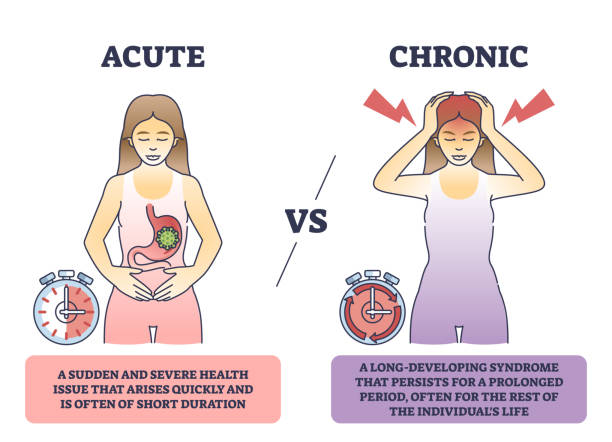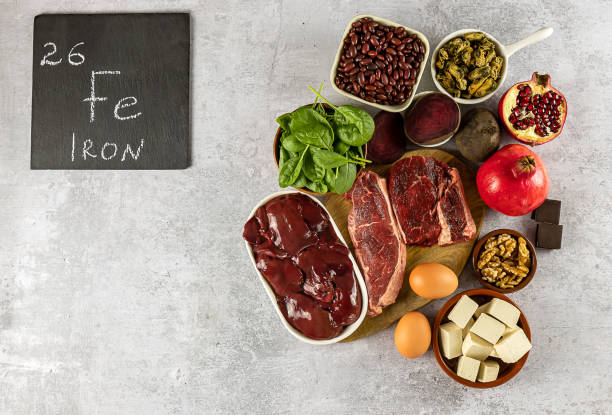Pain is a universal experience, but not all pain is the same. Whether it’s a sudden stabbing sensation after an injury or a lingering ache that just won’t go away, pain can disrupt your life in countless ways. Understanding the difference between acute pain and chronic pain is the first step toward finding relief and reclaiming your quality of life.
In this guide, we’ll break down the key differences between acute and chronic pain, explore their causes, and provide actionable tips for managing and treating each type. Whether you’re dealing with a recent injury or struggling with long-term discomfort, this post will help you navigate your pain with confidence.
What Is Acute Pain?
Acute pain is your body’s way of signaling that something is wrong. It’s sudden, sharp, and usually short-lived, lasting anywhere from a few moments to a few weeks. Think of it as an alarm system—it alerts you to an injury or illness so you can take action.

Common Causes of Acute Pain
- Injuries (sprains, fractures, cuts)
- Surgery
- Dental procedures
- Infections (like strep throat or appendicitis)
- Childbirth
Characteristics of Acute Pain
- Sudden onset
- Sharp or intense sensation
- Short duration (resolves as the underlying cause heals)
- Often accompanied by swelling, redness, or bruising
What Is Chronic Pain?
Unlike acute pain, chronic pain persists long after the initial injury or illness has healed. It can last for months or even years, often becoming a condition in its own right. Chronic pain can be debilitating, affecting not just your physical health but also your emotional well-being.

Common Causes of Chronic Pain
- Arthritis
- Back problems (herniated discs, sciatica)
- Fibromyalgia
- Nerve damage (neuropathy)
- Migraines or tension headaches
Characteristics of Chronic Pain
- Persistent or recurring
- Dull, aching, or burning sensation
- Lasts for 3 months or longer
- Often linked to emotional distress, such as anxiety or depression
Key Differences Between Acute and Chronic Pain
| Aspect | Acute Pain | Chronic Pain |
| Duration | Short-term (days to weeks) | Long-term (months to years) |
| Cause | Clear (injury, surgery, illness) | Often unclear or complex |
| Sensation | Sharp, intense | Dull, aching, or burning |
| Purpose | Warns of harm or injury | No clear purpose; often persists |
| Emotional Impact | Usually minimal | Often linked to anxiety or depression |
How to Treat Acute Pain
The goal of treating acute pain is to address the underlying cause and provide relief while the body heals. Here are some effective strategies:
1. Rest and Recovery
Give your body time to heal by avoiding activities that worsen the pain.
2. Over-the-Counter Medications
Nonsteroidal anti-inflammatory drugs (NSAIDs) like ibuprofen or acetaminophen can reduce pain and inflammation.
3. Ice and Heat Therapy
- Ice packs can reduce swelling and numb the area.
- Heat therapy can relax muscles and improve blood flow.
4. Physical Therapy
Gentle exercises and stretches can promote healing and prevent stiffness.
5. Medical Intervention
For severe pain, consult a healthcare provider. They may recommend prescription medications or other treatments.
How to Treat Chronic Pain
Managing chronic pain requires a more holistic approach, as it often involves both physical and emotional factors. Here are some strategies to consider:
1. Medications
- NSAIDs or acetaminophen for mild pain
- Antidepressants or anticonvulsants for nerve-related pain
- Opioids (only under strict medical supervision)
2. Physical Therapy
A physical therapist can design a personalized exercise program to improve mobility and reduce pain.
3. Mind-Body Techniques
- Mindfulness meditation
- Yoga or tai chi
- Cognitive-behavioral therapy (CBT)
For more on how mindfulness can help with pain, check out our previous blog post on The Science Behind Mindfulness and Pain Reduction.
4. Lifestyle Changes
- Maintain a healthy weight to reduce strain on joints.
- Stay active with low-impact exercises like swimming or walking.
- Practice good sleep hygiene to improve recovery.
5. Alternative Therapies
- Acupuncture
- Massage therapy
- Chiropractic care
6. Support Groups
Connecting with others who understand your experience can provide emotional support and practical tips.
When to Seek Professional Help
While many cases of acute pain can be managed at home, there are times when professional help is necessary. Seek medical attention if:
- The pain is severe or worsening.
- You experience numbness, tingling, or weakness.
- The pain persists longer than expected.
For chronic pain, it’s important to work with a healthcare provider to develop a comprehensive treatment plan. Don’t hesitate to seek help if pain is affecting your daily life or mental health.
Real-World Applications: Managing Pain in Everyday Life
Here’s how to incorporate these strategies into your routine:
- For Acute Pain: Keep a first-aid kit with ice packs, pain relievers, and bandages. Rest and elevate the affected area to reduce swelling.
- For Chronic Pain: Create a daily routine that includes gentle exercise, mindfulness practices, and regular check-ins with your healthcare provider.
Final Thoughts: Taking Control of Your Pain
Pain, whether acute or chronic, can feel overwhelming, but it doesn’t have to control your life. By understanding the differences between these types of pain and exploring effective treatments, you can take proactive steps toward relief and recovery.
Remember, you’re not alone in this journey. For more resources on self-care, mindfulness, and personal growth, visit Venzec.icu.
By understanding the nuances of acute and chronic pain, you’re better equipped to manage your symptoms and improve your quality of life. What’s one strategy you’ll try to address your pain? Share your thoughts and let’s keep the conversation going!









